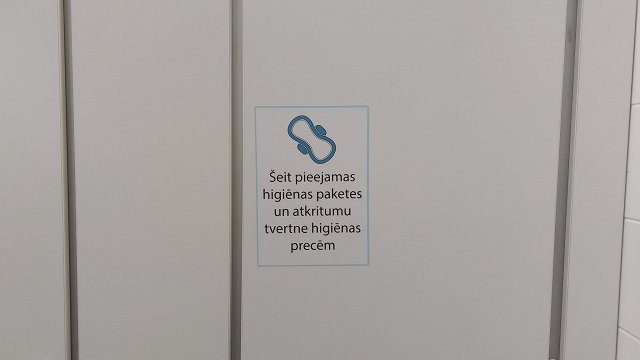It is believed the fire at Ķepu ķepa may have started in a chimney.
"We have two smoke detectors in the main house, because people are preparing to eat there and people are having lunch there. There are also two fire extinguishers there, but in this case it was a drop in the ocean," said Gundega Bidere, the founder of the Ķepu ķepā animal shelter association who has still not recovered from the shock of the blaze.
After the tragic fire accident, Bidere is thinking about how to install central heating throughout the shelter, but it is not so simple, because the buildings are relatively far apart and it is expensive.
"As an animal rescue organization, we are not millionaires. For the most part, we all fight for the existence of an elementary organization and animals. Many ask why we have not insured the building. Forgive me, but by what means if we have to make ends meet every month," said Bidere.
Ilze Džonsone, the head of the animal shelter "Ulubele", said that they call the chimney sweeps themselves and have fire extinguishers. The greatest danger is associated with wood heating, as for financial reasons, shelters are most often heated individually rather than centrally.
"There are always worries and timely care about the condition of the stove and chimneys. Human nature is what it is. We also remember it shortly before the start of the heating season," said Džonsone.
Raimonds Kudlis, a representative of the State Fire and Rescue Service (VUGD), said that every three years, the service inspects animal housing, including agricultural objects with an area of more than 1,000 square meters. However, animal shelters are not specifically inspected.
"There are no specific requirements for such animal housing in the fire safety regulations. In order to prevent a devastating fire, the general fire safety requirements must be observed. Special attention must be paid to the construction and use of heating devices and the safety of electrical installations," said SFRS representative.
Meanwhile Ķepu ķepa is asking for public help to help it continue to house its cats. Details are available at its Facebook page, incuding details for donations.





























